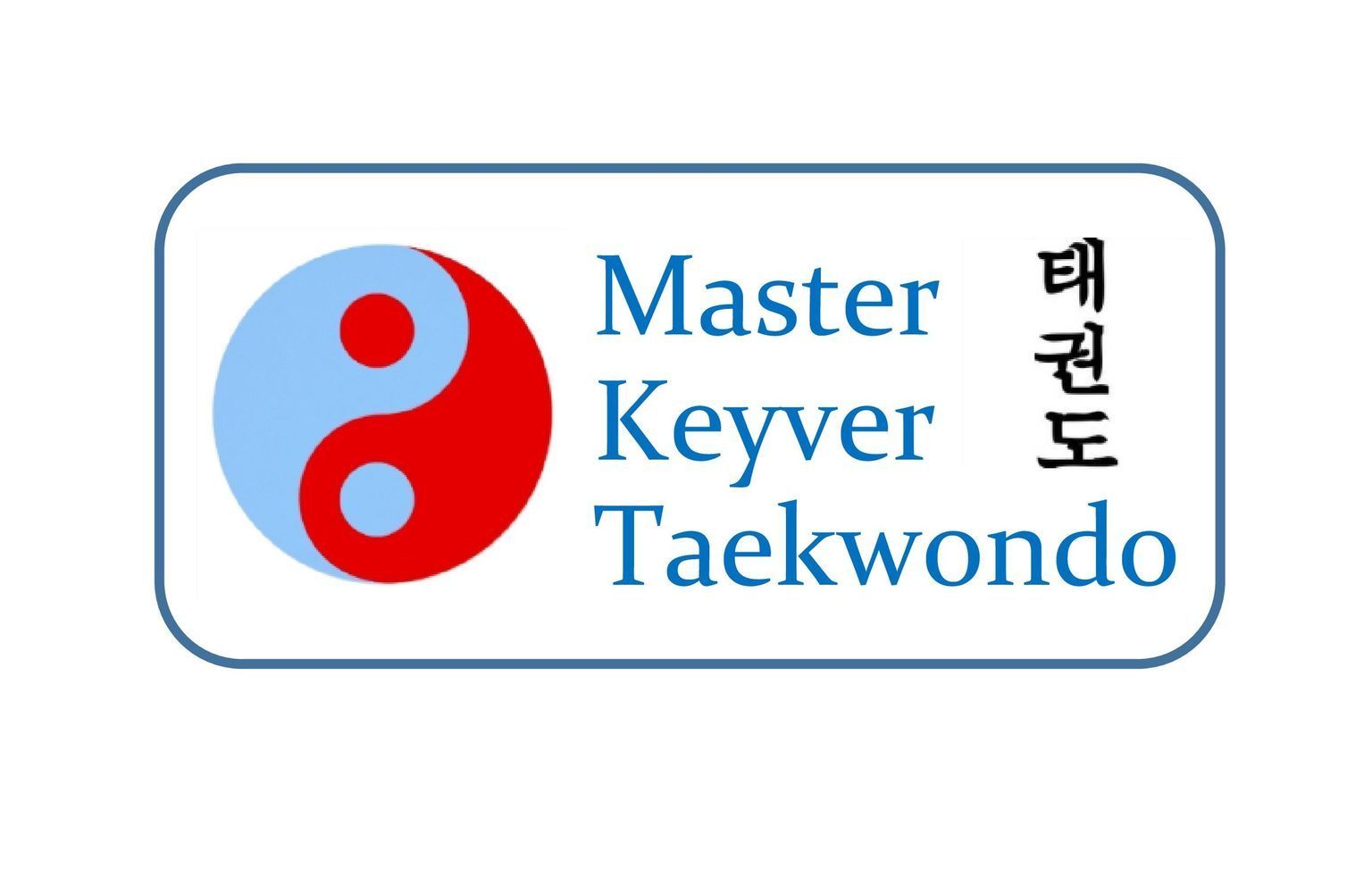Taegeuk is the Korean name for the ‘yin-yang’ symbol which depicts perfect balance and harmony of the universe. Harmony is created by the balance of two opposite forces.
In Taekwondo all eight trigrams are represented by Taegeuk patterns. These patterns embody the philosophy of the eight trigrams.

The Taegeuk symbol is most prominently displayed on the South Korean national flag, called the Taegeukgi (along with four of the eight trigram diagrams). Because of the Taegeuk's association with the national flag, it is often used as a patriotic symbol, as are the colors red and blue.
The “Keon” trigram represents the heaven, spring, east, and benevolence. The “Kon” trigram symbolizes the earth, summer, west, and justice, the “Kam” trigram the moon, winter, north, and wisdom, and the “Ree” trigram the sun, autumn, south, and courtesy. The four trigrams supposedly move in an endless cycle from “keon” to “ree” to “kon” to “kam” and back to “keon” in their pursuit of perfection. The white background symbolizes the homogeneity, integrity and peace-loving nature of the Korean people.
South Korean Flag

Taekwondo the national martial art of South Korea
South Korean Flag Description
The flag, called "Taegeukgi" symbolizes the thought, philosophy and mysticism of the far east.
The circle in the center, red upper half and blue lower half, represents absolute, or the essential unity of all being. The Yang (positive) and the Yin (negative) divisions within the circle represent duality. Examples of duality are heaven and hell, fire and water, life and death, good and evil, or night and day
The four trigrams also indicate the duality of opposites and balances. In the upper left trigram, three unbroken lines symbolize Heaven; opposite them in the lower right, three broken lines represent Earth. In the upper right trigram, two broken lines separated by an unbroken line is the symbol of Water; opposite them is Fire, symbolized by two unbroken lines separated by a broken line. Symbolic of the nation is the white background (the land), the circle (people), and the four trigrams (the government). All three make up the essential elements of the nation.

